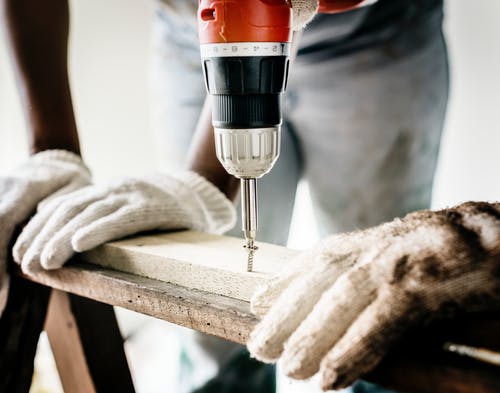
Do You Smell a Musty Odor in Your House? Inspect These Places
It’s not unusual for warm and humid areas to have mold, mildew, or moisture issues. Mold can also be a problem throughout the winter season if the conditions are excellent. In specific scenarios, the air indoors is a hundred times much more polluted than outdoors. Mold is just one of the most pervasive issues influencing your home’s indoor air quality.
Common Places Where Mold Develops
You might not even know that mold is one of the world’s most common living organisms that have settled in your home. Which is the generic name for hundreds of distinct species of fungi, can thrive anywhere there is moisture and organic particles, which is bad news.
Mold in your home can produce foul odors, harm your walls and floorings, and even cause several health problems. Understanding one of the most widespread locations for mold development is the initial step in getting rid of mold from your house.
Washing Machines and Dryers
Mold can expand on home appliances that depend on water or come into touch with it. Keep wet garments out of the washer and dryer, and assure the dryer is correctly aired vent outside your home.
Mold development is the most common concern in front-loading washers; however, more recent versions have improved this. To prevent this, constantly use the specified detergent and cycles and keep the washing door open when not in use. Do not neglect to clear out the dryer lint, which creates mold. If you suspect mold infestation on your laundry machines, immediately hire restoration services from firms such as PuroClean to safely remove the mold.
Air Conditioners
Condensation is to blame in this case. Furthermore, the air that AC units draw in from the outdoors has dust and pollen, both of which are favorable to mold. Mold spores are most likely to be present in machines that have been still for a long time. Run your ac unit daily, even if it’s only for 10 minutes, to prevent mold.
Remove the unit when not used and maintain it in a dry place if possible. If you presume your ac unit has mold, either remove it from the window yourself or speak to an expert to do so and extensively clean the interior with a water-and-bleach solution. If your whole-house air conditioning system is ravaged with mold, it’s best to get it cleaned by a professional.
Filing Cabinets
Wood pulp, which provides an organic feast for mold spores, makes paper. If your residence experiences water damage or a high degree of humidity, your paper files may become wet, placing them susceptible to mold development. On top of that, water damage also creates a musty odor that can potentially damage the paper.
It can be challenging to prevent lethal damage to your files if the paper has been polluted by mold; consequently, prevention is the best approach. You can also hire a restoration firm to help deal with this problem as well as remove musty smells after water damage.
Wooden Furniture
Mold embellishments on wooden surface areas because of the high dampness absorption of wood. Combining this moisture with warm temperatures and mold spores gives you the ideal storm for a mold infestation.
Because wood is porous, getting rid of spores is difficult. It is a prolonged treatment, which makes inhalation of the waste is unsafe. It will spread further if it is not removed properly. When you use improper solutions, you’ll scratch the surface rather than clear it. To learn more about how to properly remove mold in wooden surfaces, you can visit https://puroclean.ca/blog/6-tips-remove-mould-wooden-surfaces/.
Conclusion
If mold spreads in your home, you should act fast to repair the issue. Mold will continue to cultivate and spread out, posing health dangers to your family along with inflicting structural damage to your home.

